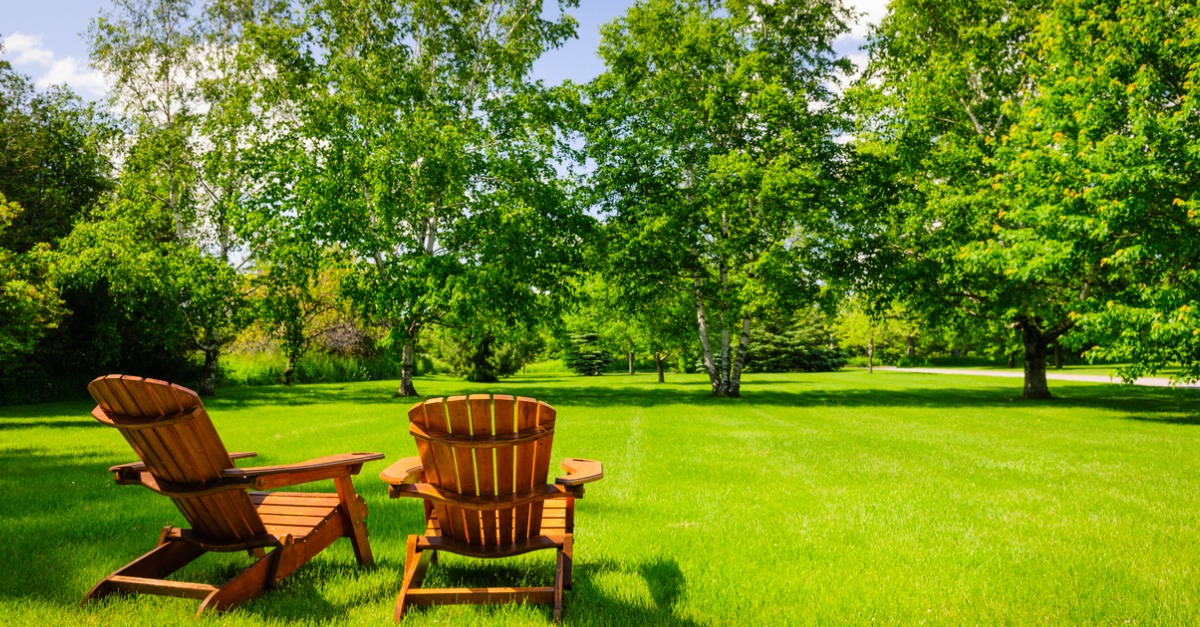Spring Primping: How a Tree Removal Can Get Your Yard Looking Its Best
With spring’s arrival, all of the plant life in your yard will once again be in its prime. The best way to showcase your spring blooms and leafy greens is to ensure you don’t have any eyesores detracting from the big picture.
Whether it’s decaying branches, an unruly tree canopy, or a stubborn stump that’s taking away from your perfect landscape, Premier Tree Solutions can help. Here are a few ways we can get your yard primped and polished for spring.
Tree Removal
There are several signs of a dying tree, many of which can diminish the aesthetics of your property. Some warnings to watch for include:
- Dry, brittle branches
- Leaning
- Little to no leaf growth
- Mushrooms and fungi
- Long cracks in the trunk
Of course, dead trees aren’t just a visual nuisance; they can also pose a serious threat to property and people. In the cases where a tree can’t be saved with revitalizing tactics like applying the right fertilizer or giving it a healthy pruning, it may be necessary to remove the tree completely.
Our team of certified arborists was the first in Georgia to own and use JAWS, a specialty crane that simplifies the tree removal process while enhancing safety. Operators remove the tree piece by piece via remote control, eliminating the hazards that come with climbing the tree and cutting limbs by hand.
As an added bonus, JAWS minimizes cleanup and damage done to your property that might otherwise come from dropping limbs and trunks. If you have a problem tree, you can still have it removed this spring without ruining the hard work you’ve put in to make your property look its best.
Tree Pruning
Tree pruning keeps your trees healthy and attractive. Not only does it remove wayward, unappealing branches, but it encourages optimal growth patterns. Pruning can also be done strategically to accentuate a tree’s best features, control and direct new growth, and eliminate dead or diseased branches.
Though pruning is paramount for healthy trees, it’s also an involved process that calls for professional help. Many well-intentioned DIYers make mistakes while pruning, such as injuring the tree’s bark, removing limbs improperly, and leaving open wounds in the tree. All of these factors can leave the tree more vulnerable to serious damage to both itself and your property — from disease to pests and storm damage. For this reason, it’s best to enlist the help of our professional arborists to get your trees pruned and ready for the warm weather.
Stump Removal
Stumps can make it more difficult for you to perform normal lawn care tasks, like mowing and weeding. But the bottom line is that a stump is also just an eyesore. Create a clean slate this spring and bring new life into your lawn with our stump removal services.
Our stump removal involves a self-propelled machine that eliminates stumps and their roots, chipping the wood away into small pieces. Eventually, any remaining roots will decompose, and you’ll be able to refill the area with soil and place sod over top.
Get your yard looking its best this spring with the help of Premier Tree Solutions. Our team is dedicated to finding the best solutions to fit your property and its unique needs. To request an estimate, call 404-252-6448, or send us a message online.







